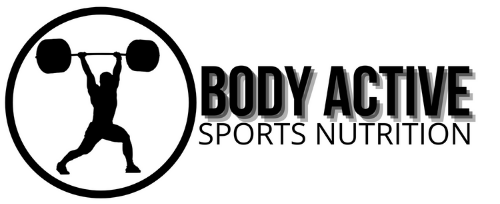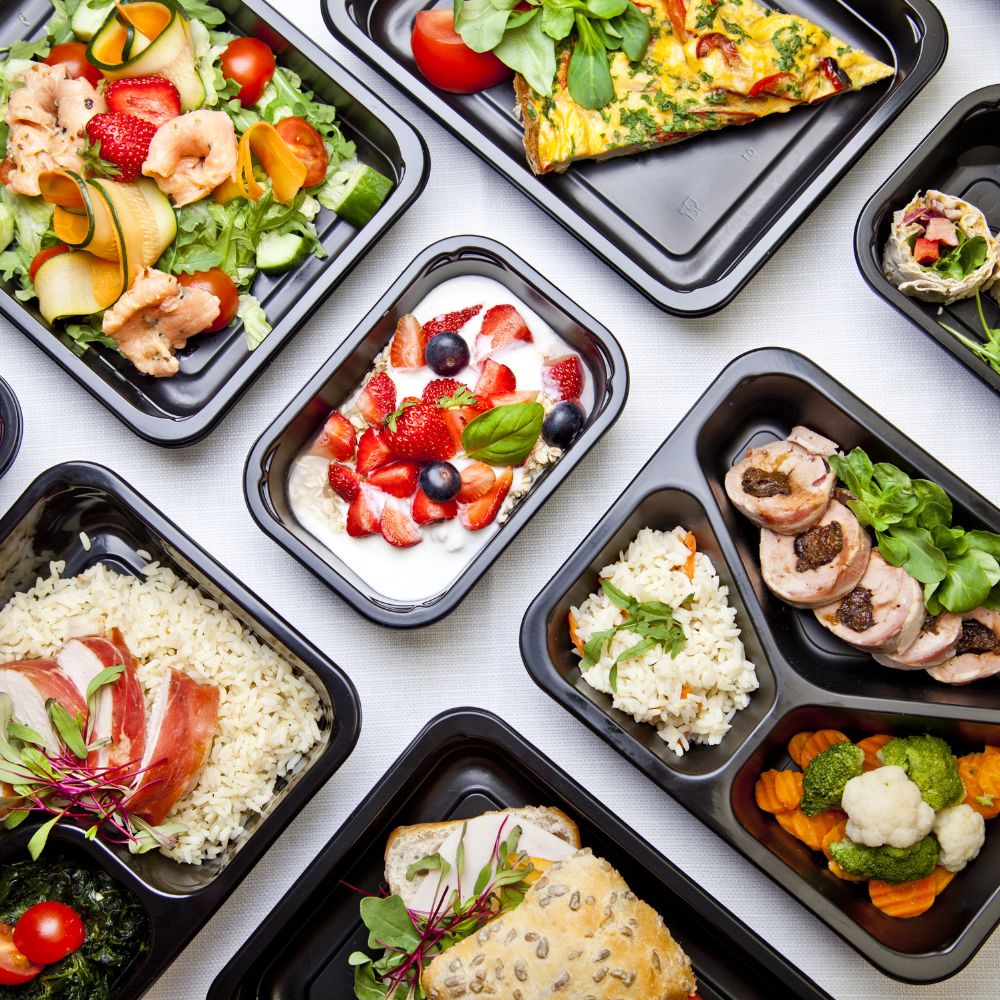Carb cycling has gained traction in the fitness and nutrition world as a strategic dietary approach that alternates between high and low carbohydrate intake. This article explores what carb cycling is, its scientific backing, pros and cons, who can benefit, recommended foods, and a practical 7-day example to help you get started.
What is Carb Cycling?
Carb cycling is a dietary strategy that involves fluctuating your carbohydrate intake on different days. Typically, you consume high carbs on workout days to fuel performance and lower carbs on rest days to promote fat loss. The goal is to maximize muscle growth while minimizing fat gain, making it particularly appealing to athletes and bodybuilders.
Is Carb Cycling Backed by Studies?
Research on carb cycling is still emerging, but several studies suggest that manipulating carbohydrate intake can affect body composition, insulin sensitivity, and athletic performance. A study published in the Journal of the International Society of Sports Nutrition found that carbohydrate manipulation can enhance training performance and body composition when used strategically. However, more extensive studies are needed to fully understand its long-term effects.
Pros and Cons of Carb Cycling
Pros
- Flexibility: Carb cycling allows for higher carbohydrate intake on certain days, making it easier to enjoy favorite foods.
- Muscle Preservation: High-carb days can help maintain energy levels and support muscle recovery, especially for athletes.
- Fat Loss: Reducing carbs on rest days can help achieve a caloric deficit and promote fat loss.
- Improved Insulin Sensitivity: Fluctuating carb intake may help regulate insulin levels, enhancing metabolic health.
Cons
- Complexity: Tracking carb intake can be complicated and may require careful planning.
- Potential for Overeating: If not managed correctly, high-carb days might result in binge eating.
- Nutrient Deficiency: Focusing heavily on macronutrients may cause neglect of essential vitamins and minerals.
- Not Suitable for Everyone: Individuals with certain health conditions, like diabetes, should consult a healthcare professional before starting.
Who Can Benefit from Carb Cycling?
Carb cycling may be beneficial for:
- Athletes and Bodybuilders: Those looking to optimize performance and muscle gains.
- Fitness Enthusiasts: Individuals aiming to lose fat while preserving muscle mass.
- People Experiencing Plateaus: Those who have hit a weight loss plateau may find success with this method.
- Those Who Enjoy Dietary Flexibility: Individuals who prefer a less rigid dietary structure might appreciate the flexibility of carb cycling.
Recommended Foods for Carb Cycling
High-Carb Days
- Whole Grains: Brown rice, quinoa, oats, whole-grain pasta.
- Fruits: Bananas, apples, berries, and other high-carb fruits.
- Starchy Vegetables: Sweet potatoes, corn, and peas.
- Legumes: Beans and lentils.
Low-Carb Days
- Lean Proteins: Chicken, turkey, fish, and plant-based proteins.
- Non-Starchy Vegetables: Leafy greens, broccoli, cauliflower, and peppers.
- Healthy Fats: Avocado, nuts, seeds, and olive oil.
- Dairy or Dairy Alternatives: Greek yogurt and cheese (in moderation).
Example 7-Day Carb Cycling Plan
Here’s a practical 7-day example of a carb cycling schedule:
Day 1: High-Carb Day
- Breakfast: Oatmeal topped with berries and honey
- Lunch: Grilled chicken, brown rice, and mixed vegetables
- Snack: Banana and a protein shake
- Dinner: Whole-grain pasta with marinara sauce and turkey meatballs
Day 2: Low-Carb Day
- Breakfast: Scrambled eggs with spinach
- Lunch: Grilled salmon with asparagus
- Snack: Handful of almonds
- Dinner: Zucchini noodles with pesto and chicken
Day 3: High-Carb Day
- Breakfast: Smoothie with banana, spinach, and protein powder
- Lunch: Quinoa salad with chickpeas and avocado
- Snack: Apple with peanut butter
- Dinner: Sweet potato with grilled steak and broccoli
Day 4: Low-Carb Day
- Breakfast: Greek yogurt with seeds
- Lunch: Turkey lettuce wraps
- Snack: Celery sticks with hummus
- Dinner: Baked chicken thighs with cauliflower rice
Day 5: High-Carb Day
- Breakfast: Whole-grain toast with avocado and poached eggs
- Lunch: Brown rice sushi rolls with veggies and fish
- Snack: Mixed berries
- Dinner: Stir-fried noodles with tofu and a variety of vegetables
Day 6: Low-Carb Day
- Breakfast: Omelet with mushrooms and cheese
- Lunch: Grilled shrimp salad with olive oil dressing
- Snack: Cucumber slices with tzatziki
- Dinner: Beef stir-fry with bell peppers and broccoli
Day 7: Moderate-Carb Day (Optional)
- Breakfast: Smoothie with spinach, banana, and almond milk
- Lunch: Whole-grain wrap with turkey and veggies
- Snack: Greek yogurt with honey
- Dinner: Baked fish, quinoa, and roasted Brussels sprouts
How to Do Carb Cycling Correctly
- Determine Your Macro Ratios: Calculate your daily caloric needs and decide on the ratio of carbs to protein and fats for high and low carb days.
- Plan Your Week: Create a weekly schedule specifying which days will be high-carb and which will be low-carb, ideally aligning high-carb days with intense workout days.
- Monitor Your Intake: Keep track of what you eat to ensure you stay within your target macro ratios. Apps can help simplify this process.
- Stay Hydrated: Proper hydration is crucial, especially on low-carb days, as the body tends to lose more water.
- Listen to Your Body: Pay attention to how your body responds and adjust your carb cycling plan as necessary to meet your energy needs and health goals.
Conclusion
Carb cycling can be a beneficial dietary strategy for many, particularly athletes and those seeking to optimize body composition. While it offers flexibility and potential health benefits, it’s important to approach it thoughtfully and ensure it aligns with individual health goals. Always consider consulting with a healthcare professional or a registered dietitian before making significant changes to your diet.

